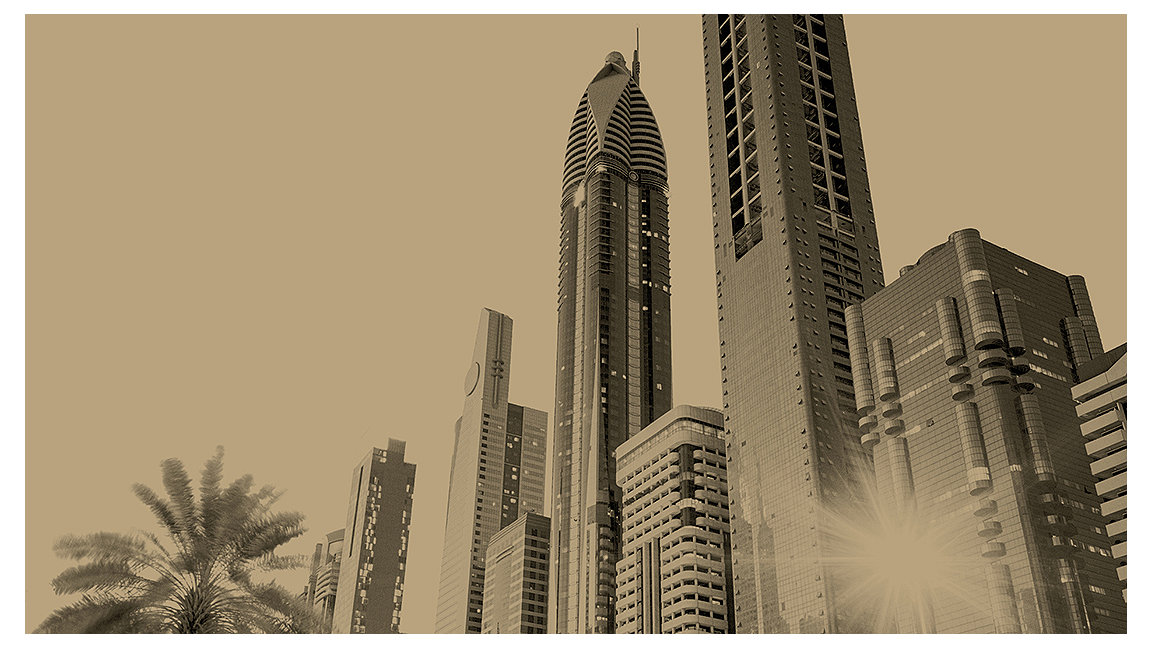
Ground-source heating and cooling, if designed and installed correctly, can provide more energy-efficient heating and cooling than conventional systems such as gas-fired boilers and air-cooled chillers. However, the cost and complexity of installing a system, much of which will be buried underground, means that care and attention are required during the design, construction and commissioning stages.
- Open-loop systems extract groundwater or river water, heat or cool it, circulate it around a building and then pump it back. Such systems require a licence for abstraction and discharge.
- Closed-loop systems instead simply circulate the thermal transfer fluid or antifreeze in a closed-pipe network. While they do not require a licence, closed-loop systems with a heating capacity of more than 45kW will require planning consent. Closed-loop systems may also require approval when installed on environmentally sensitive sites.
Closed-loop pipework is often buried horizontally at a depth of a few metres over a wide area. The loops are commonly referred to as slinkies, thanks to their resemblance to the toy, and where there is insufficient area the pipes can be installed vertically in the ground as boreholes.
Pipes can also be installed within the structural piles of the building; in this case closed loops are placed in a steel-reinforced cage and then encased in concrete to form the pile. The structural pile design must take into account the thermal loads imposed by the GSHCS.
The shallower depth of the structural pile will provide less capacity than the deeper vertical boreholes, but can be a lower-cost option as the only uplift is the addition of the pipe to the structural pile. This is referred to as a vertical closed-loop thermal pile. Deeper piles, around 25m down, will be more economic than shallower ones, as increasing the depth will provide greater heat transfer.
- Heating only: schools and housing, for example, will require heating alone.
- Cooling only: buildings such as data centres on the other hand need just cooling.
- Balanced heating and cooling: this type of GSHCS uses the ground as a thermal store during the summer and extracts heat during the winter. For a balanced GSHCS to function properly, the amount of heat extracted from the ground must roughly balance the amount returned to the ground over an annual cycle. If not, the temperature of the ground will increase or decrease year on year, hampering the system's performance over time and possibly rendering it unuseable. This type of system is suited to buildings that have both a heating and cooling requirement, such as hospitals and offices.

- Ensure that the heating and cooling loads required are established early in the design process. As the borehole system will usually be installed near the start of construction, it can be difficult to change the capacity subsequently. Avoid using any rules of thumb without understanding the actual ground performance.
- Don't place boreholes too close together, or indeed slinkies if too many ground-source systems are placed in a small geographical area, as this leads to thermal interference and the ground can become heat-saturated. On heating-only schemes in particular, the boreholes or slinkies must be at sufficient distance from each other so the ground will return to its normal temperature during the summer, ready for the next winter. Vertical boreholes for closed-loop heating- or cooling-only schemes would normally be spaced more than 10m apart.
- Placing the intake and discharge too close together on open-loop systems can cause thermal interference. This is a particular problem where the site footprint limits the possible distance between the boreholes.
- Balanced systems must be designed to ensure that the heating and cooling loads even out the ground temperature year on year; failure to do so will result in the ground temperature changing. Ensure that the design life of all buried elements is the same as that of the building – typically at least 50 years.
- Design the pipework to allow for expansion and contraction over the operating temperature range. Typically this can be between -7°C and 35°C, and the expansion of plastic pipework is around 15 times that of steel. Incorrect design can lead to leaks, particularly at the manifolds.
Common problems
As the key parts of any ground-source system are buried in the ground, and in some instances under the building the quality of the installation must be carefully controlled. Rectification work can be costly and in some instances impossible.
- Design the pipework with the fewest joints possible as this will minimise the potential for poor-quality work on site.
- Individually connect each borehole back to accessible valve chambers, and avoid daisy-chaining them. A failure then only results in the loss of one borehole rather than several.
- Boreholes should always be comprehensively grouted. Gravel should be avoided as it will provide a pathway for contaminants to leak into aquifers.
- Ensure trenches for interconnecting pipework are free from stones and sharp edges that could result in damage. Trenches should be filled with sand, and have at least 300mm of cover on all sides.
- Site operatives should be trained in electrofusion jointing techniques, with test samples submitted by each before any works commence.
It is important to ensure independent testing and inspection of all interconnecting pipework before placement of backfill material, plus third-party inspection of borehole placement. Do sign off all borehole and system testing records.
For closed-loop systems, the antifreeze content must be maintained in accordance with the design. Monitoring the system for leaks is also important as any water in the make-up or drop in pressure could signal a leak. For open-loop systems, building owners will need to comply with the Environment Agency licence requirements.
Neville Rye is a director at WSP neville.rye@wsp.com
Related competencies include: Construction technology and environmental services
